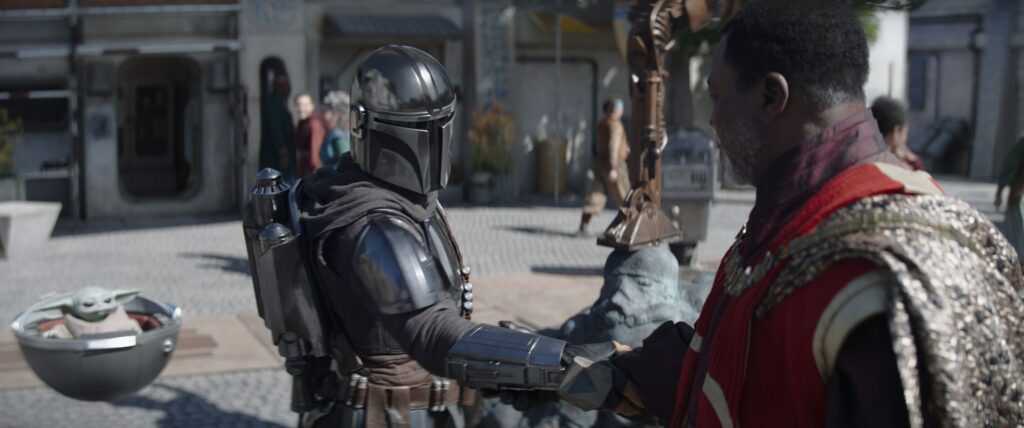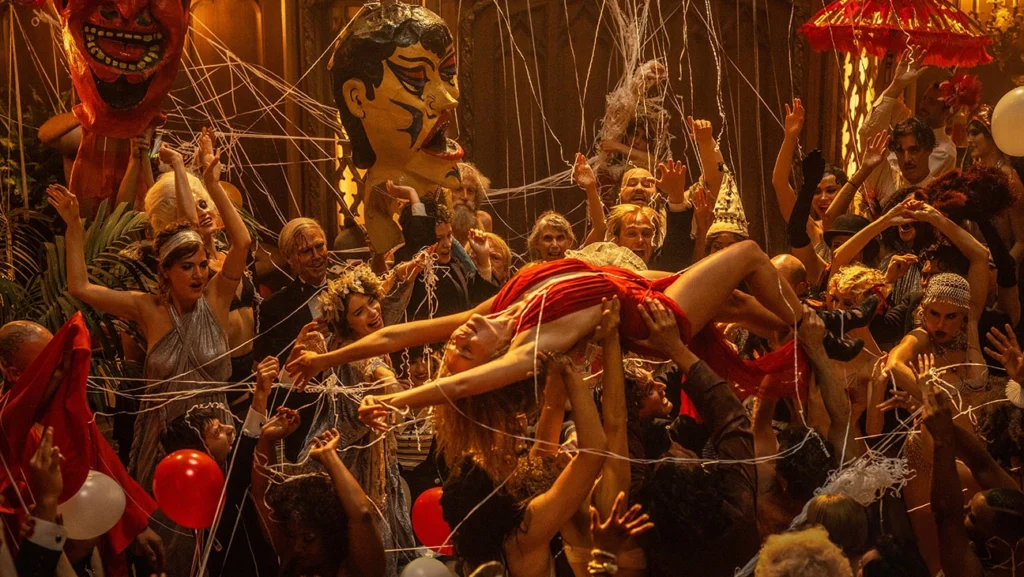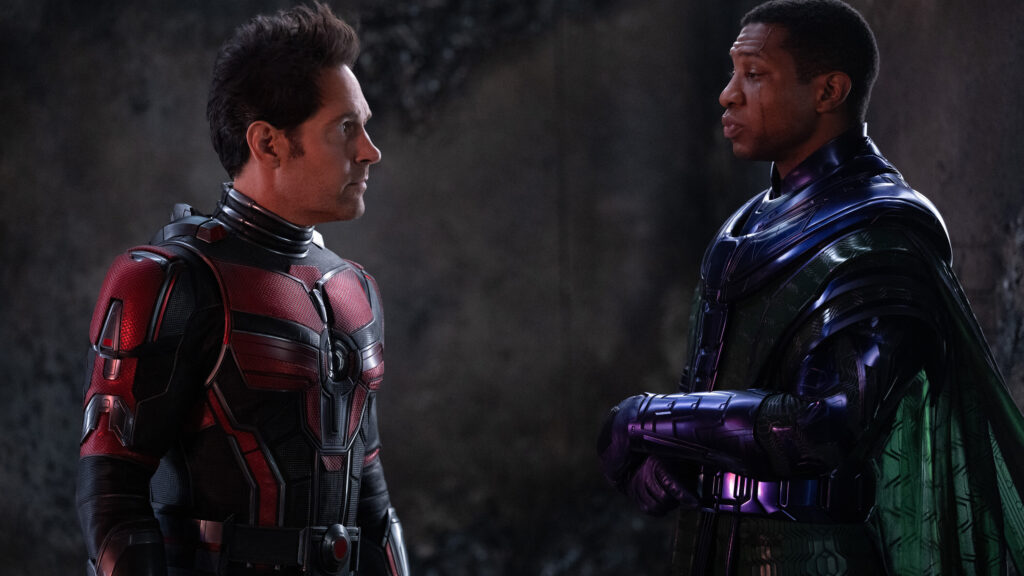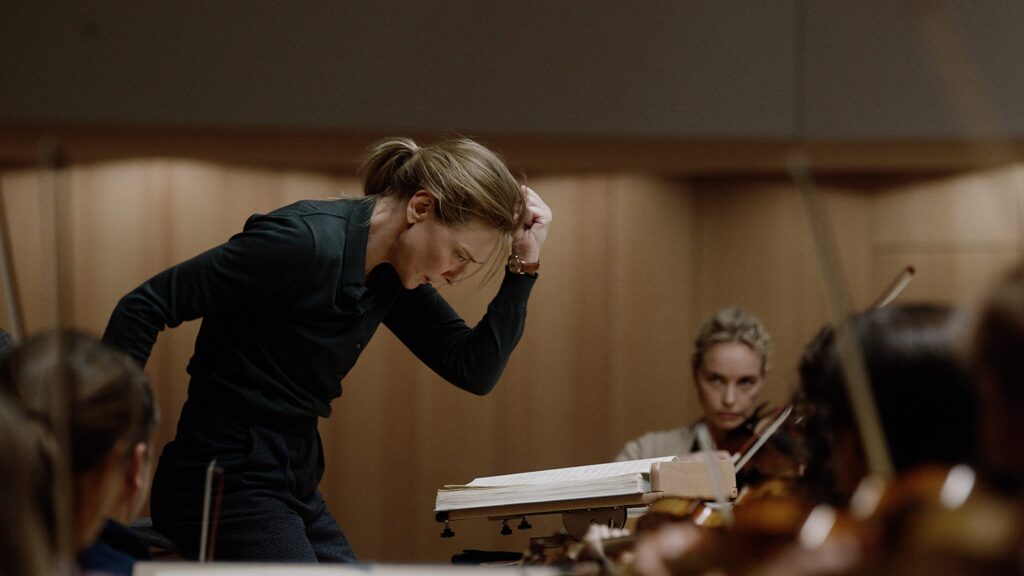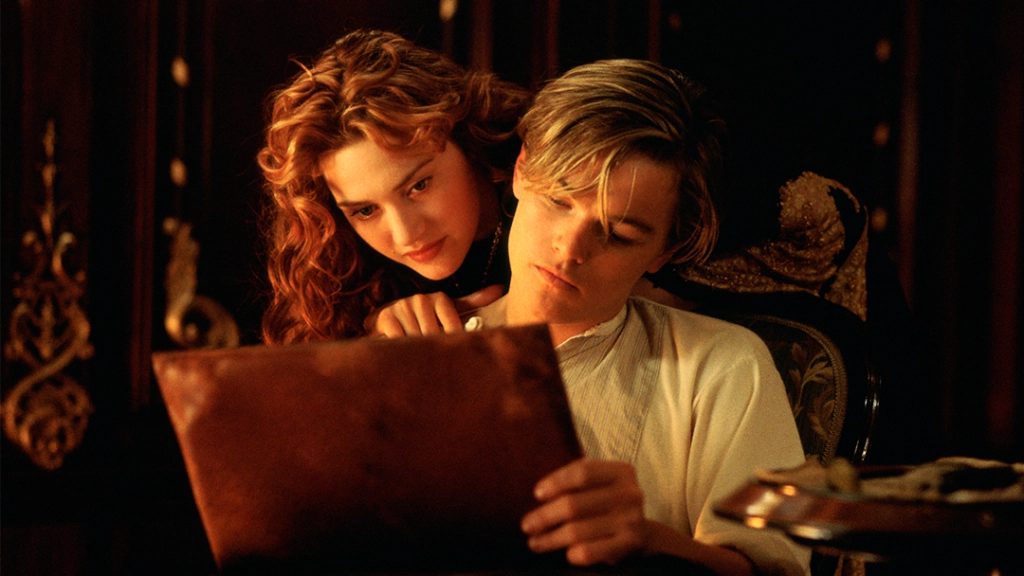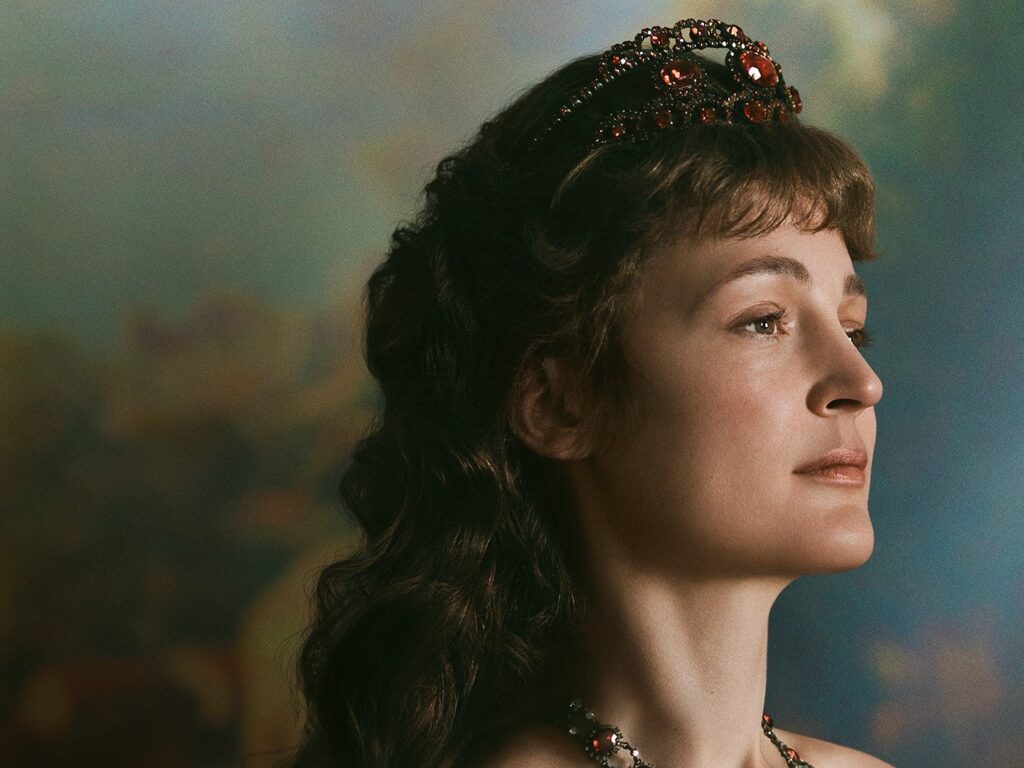Big Brother Canada must restore the live feeds
Written by Ian Thomas Malone, Posted in Blog, Pop Culture, TV Reviews
Big Brother can be a difficult passion to explain. The idea of watching over a dozen strangers locked in a house full of cameras tracking their every move for close to three months can sound monotonous, creepy, and even by design, a tad Orwellian. Big Brother is the ultimate endurance test in reality television, a marathon of lies, deception, and treachery that packs a hefty cash prize for the houseguest who manages to conquer the pit of vipers.
Big Brother Canada recently announced the discontinuation of its live feeds ahead of its eleventh season, in favor of curated “Digital Dallies” featuring highlights of the day’s events inside the house. Though there have been more than sixty iterations of Big Brother across the world over hundreds of seasons, BBCAN is the only one to follow the American style format, where houseguests are allowed to openly scheme against each other, a stark departure from the original rules of the Dutch-originated series. Whereas most international Big Brother series play out like American Idol, the public voting on each eviction, Big Brother US and Big Brother Canada take their cues more from Survivor, backstabbings and all.
The live feeds are where Big Brother makes its magic. Smart players recognize the slow-moving nature of the game, subtly planting the seeds of chaos in each week’s Head of Household. There are often more alliances formed in the early weeks of the show than one could count on both hands, certainly more than could be depicted on the show’s three weekly primetime episodes, commonly referred to as the “edit,” by superfans. Dozens of social media accounts dedicate practically every waking hour to covering the events of the house, ensuring that more casual fans never miss a beat.
Big Brother Canada is one of the best-produced reality shows on television. Its two most recent seasons featured some of the best dynamic gameplay and most memorable casts in the history of Big Brother North America, both immensely fluid seasons that weren’t governed by a majority alliance. Big Brother Canada contestants enter that house ready to make big moves, flip the votes, and play the game at a caliber comparable to the format’s golden era. People can say that with confidence in large part due to the transparency provided by the live feeds. We all know that BBCAN is in fact, that good.
Some fans will undoubtedly lose interest in the show as a result of this baffling decision, but the fact still remains that BBCAN is the only other Big Brother in the world that plays by the rules that have helped ensure the longevity of the game more than twenty years after its debut. Plenty of other countries have given up on Big Brother, including its native Netherlands. Big Brother Canada itself saw its future up in the air after its fifth season, with massive fan support saving the show from cancellation.
The decision to cancel the feeds will certainly push the show back in that unfortunate direction, which is a real shame. Big Brother Canada has a gorgeous house with ample space for the secret missions it lovingly deploys much more frequently than its American counterpart, a throwback to the original format of the show. Arisa Cox is a fantastic, engaging host with a genuine passion for the game that exudes from every one of the show’s eviction episodes. Fans taking to Twitter with vows to abandon BBCAN should consider all we stand to lose if our friends in the north close up shop.
The live feeds are often mundane, especially in the back half of the season when there are fewer houseguests, who are all naturally feeling the effects of the experience. Like baseball, Big Brother is a game not defined by constant excitement, but those little moments where a spark ignites, and you remember why you fell in love with this thing that so many fail to understand. Anyone who’s ever watched a flip come together in real-time knows the sheer power of the live feeds to set this game apart from anything else out there.
The sun is setting on traditional network television. The streaming era offers seemingly endless entertainment possibilities, but we shouldn’t lose sight of the power of communal experiences. Much as the world has changed over the past twenty years, Big Brother has always been there to give us all a distraction from the outside world, a sport fit for the underdogs with a hunger to compete in a game that calls for broader talent than sheer athleticism.
Big Brother is a beautiful game. Big Brother Canada has often represented the apex of the format’s sheer power to excite and delight. The absence of the live feeds threatens to render the game indistinguishable from all the other reality shows out there. I’ll still watch Big Brother Canada 11 because I feel the producers have earned my respect as a viewer after a decade of delivering some of the best reality television in the world. For the future of the game we all love, I hope they reconsider this decision that poses a very real existential threat to its survival. Big Brother without the live feeds is not Big Brother.






